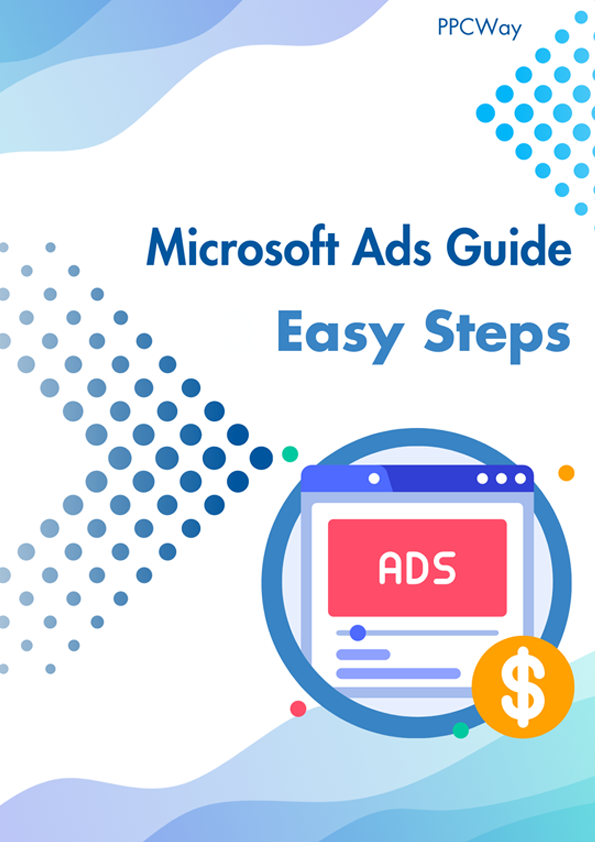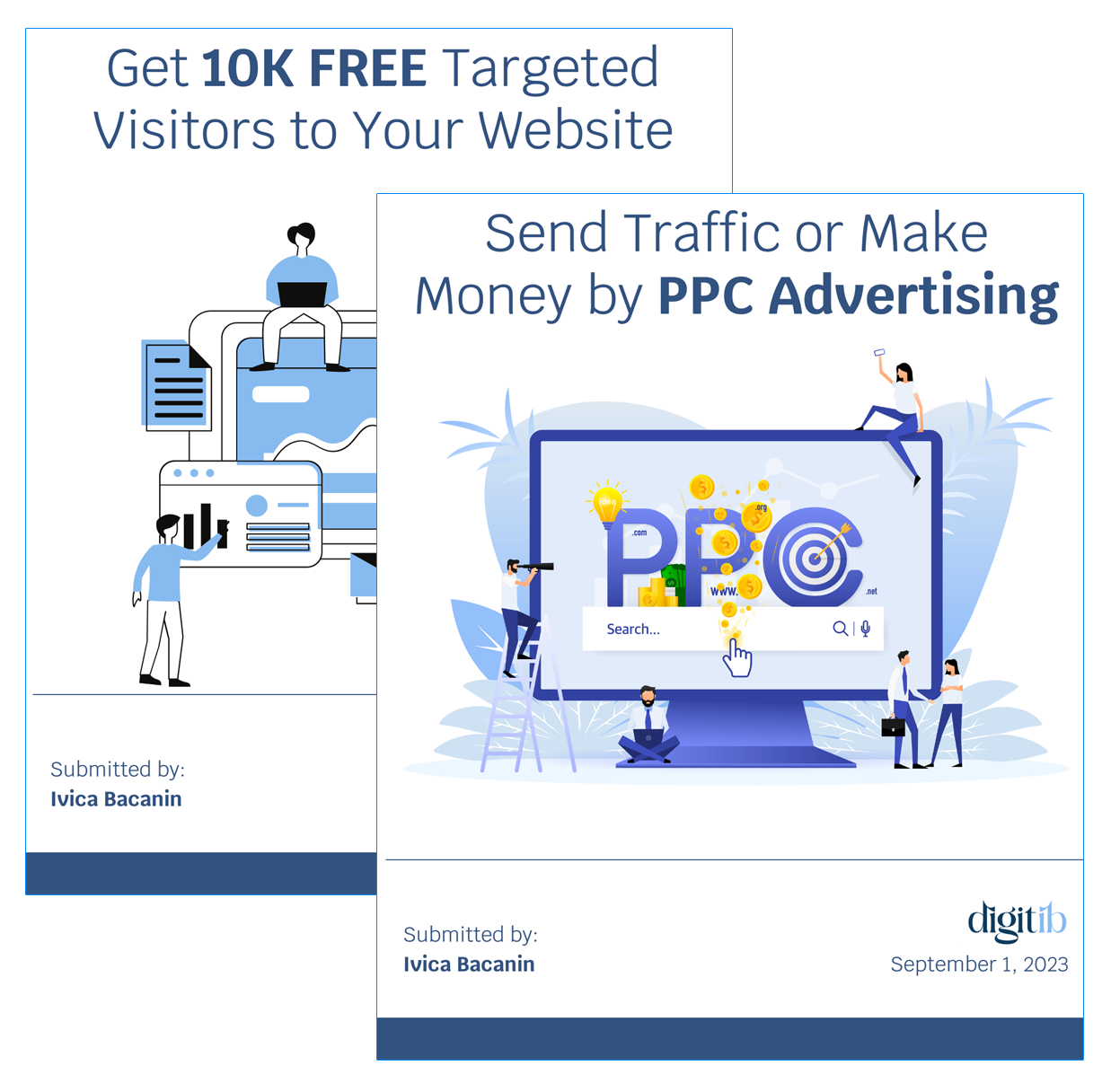I. Introduction - Promote Online Business
A. Definition of online business or how to promote online business
An online business, or promote online business, refers to any commercial venture conducted primarily or exclusively through the internet. It involves the buying and selling of products or services, as well as other online activities such as digital marketing, customer support, and e-commerce transactions.
Online businesses leverage the power of the internet to connect with a global audience, reach customers beyond geographical boundaries, and operate with greater flexibility and convenience.
Whether it's an e-commerce store, a digital agency, or a content-based platform, an online business utilizes online channels and technology to deliver value and generate revenue.
B. Importance of promoting an online business
Promoting an online business is of paramount importance as it plays a crucial role in increasing brand visibility, attracting a wider audience, and driving traffic to your website.
In the highly competitive digital landscape, effective promotion helps you stand out from the crowd and establish a strong online presence. By employing various marketing strategies such as SEO, social media marketing, content creation, and online advertising, you can reach and engage with your target audience, build credibility, and ultimately boost sales and conversions.
Promoting an online business not only expands your customer base but also enhances brand recognition and fosters long-term customer relationships.
In today's digital era, active promotion is essential for sustaining growth, staying competitive, and maximizing the potential of your online business.
C. Purpose of the guide
- Provide a comprehensive overview of effective strategies for promoting an online business
- Offer practical guidance and actionable steps to implement various promotional techniques
- Help online business owners increase brand visibility and reach a wider audience
- Assist in driving targeted traffic to the website or online storefront
- Aid in generating leads, increasing conversions, and maximizing sales potential
- Enable businesses to establish a strong online presence and build brand credibility
- Provide insights on utilizing digital marketing channels such as SEO, social media, and content marketing
- Help businesses leverage online advertising for effective promotion
- Offer guidance on analyzing and optimizing promotional efforts for continuous growth
- Support businesses in staying competitive in the digital landscape and achieving long-term success.
II. Understanding Your Target Audience

Understanding your target audience is a fundamental aspect of successful business promotion. It involves researching and gaining insights into the characteristics, preferences, needs, and behaviors of your potential customers.
By understanding your target audience, you can tailor your marketing strategies and messages to resonate with them effectively. This understanding allows you to create compelling content, select appropriate marketing channels, and craft targeted advertising campaigns.
Additionally, knowing your audience helps you identify opportunities for product or service improvement, enhance customer experience, and build strong, lasting relationships. Ultimately, understanding your target audience enables you to connect with the right people, deliver value, and achieve higher levels of engagement and conversion in your online business goals.
A. Identifying your target market
Identifying your target market is a critical step in promoting your online business effectively. It involves carefully defining and segmenting the specific group of individuals or businesses that are most likely to be interested in your products or services.
To identify your target market, you need to consider various factors such as demographics (age, gender, location), psychographics (interests, values, lifestyle), and behavior patterns (buying habits, online activities).
Conducting market research, analyzing customer data, and seeking feedback from existing customers can provide valuable insights for identifying your target market.
By understanding who your ideal customers are, you can tailor your marketing efforts to resonate with their needs, preferences, and motivations. This targeted approach ensures that your promotional strategies and messages reach the right audience, increasing the likelihood of engagement, conversion, and long-term customer loyalty.

B. Conducting market research
- Define research objectives and questions to guide the market research process.
- Identify relevant sources of market data, such as industry reports, market research studies, and government publications.
- Utilize online surveys, interviews, or focus groups to gather primary data directly from your target audience.
- Analyze competitor strategies, customer reviews, and social media discussions to gain insights into market trends and customer preferences.
- Use tools like Google Analytics to track website traffic, user behavior, and demographic information.
- Study customer feedback, reviews, and testimonials to understand pain points and satisfaction levels.
- Monitor industry publications, blogs, forums, and social media platforms to stay updated on industry news and customer sentiments.
- Consider outsourcing market research to professional research firms or consultants for in-depth analysis and expertise.
- Consolidate and analyze the collected data to identify patterns, trends, and opportunities within your target market.
- Use the findings from market research to refine your marketing strategies, develop targeted messaging, and make informed business decisions.
C. Creating buyer personas
Creating buyer personas is a valuable exercise in understanding your target audience on a deeper level. A buyer persona represents a fictional, generalized profile that embodies the characteristics, needs, motivations, and preferences of a specific segment of your target market.
To create buyer personas, you gather data from market research, customer surveys, and insights from existing customers. This information helps you identify common traits, demographics, behaviors, and pain points among your target customers.
By visualizing and humanizing your ideal customers through buyer personas, you can tailor your marketing strategies, content, and messaging to effectively connect with and engage them.
Buyer personas serve as a guide for developing personalized marketing campaigns, creating relevant content, and making informed business decisions that resonate with your target audience, ultimately driving higher customer satisfaction and business success.

III. Building an Effective Online Presence
Building an effective online presence is crucial for the success of your online business. It involves creating a strong and professional brand image across various digital platforms.
To achieve this, you need to develop a well-designed and user-friendly website that reflects your brand identity and showcases your products or services. Optimizing your website for search engines (SEO) helps increase visibility and organic traffic.
Creating compelling content, such as blog posts, articles, videos, and infographics, establishes your expertise and engages your target audience. Leveraging social media platforms allows you to connect with your audience, build a community, and drive traffic to your website.
Building an email list enables you to communicate directly with potential customers and nurture leads. By focusing on these elements, you can build a robust online presence that enhances brand recognition, attracts customers, and fosters long-term relationships.
A. Developing a professional website
Developing a professional website is a critical aspect of building a strong online presence. A professional website not only serves as the digital storefront of your online business but also acts as a representation of your brand and its values.
It should have a visually appealing design that aligns with your brand identity, ensuring a consistent and memorable user experience.
The website should be easy to navigate, with intuitive menus and clear calls-to-action that guide visitors towards desired actions. It's essential to optimize your website for mobile devices, as a significant portion of online traffic comes from mobile users.
Additionally, incorporating relevant and engaging content, such as product descriptions, images, and customer testimonials, helps build credibility and trust with your audience.
Regularly updating and maintaining your website with fresh content and addressing any technical issues ensures that it remains a professional and reliable platform for your online business.
1. Define your website's goals and objectives: Determine the purpose of your website, whether it's to sell products, generate leads, provide information, or showcase your portfolio.
2. Plan your website structure and navigation: Create a clear and organized structure for your website, ensuring that visitors can easily find the information they are looking for. Design an intuitive navigation menu that is user-friendly and logical.
3. Choose a suitable domain name and hosting: Select a domain name that is relevant to your business and easy to remember. Choose a reliable web hosting service that provides good uptime and speed.
4. Design a visually appealing layout: Create a visually appealing design that reflects your brand identity. Use consistent colors, fonts, and graphics throughout the website to maintain a cohesive look and feel.
5. Develop responsive and user-friendly interface: Ensure your website is mobile-friendly and responsive, adapting to different screen sizes and devices. Focus on user experience, making navigation intuitive, forms easy to fill out, and load times fast.
6. Create compelling and relevant content: Craft engaging and informative content that effectively communicates your message to your target audience. Use high-quality images, videos, and graphics to enhance the visual appeal and engagement of your website.
7. Implement search engine optimization (SEO) best practices: Optimize your website's pages, meta tags, headings, and content with relevant keywords to improve search engine visibility. Consider SEO-friendly URL structures and incorporate internal linking.
8. Integrate contact forms and call-to-action buttons: Include contact forms or inquiry forms on appropriate pages to encourage visitor interaction.
Add clear and compelling call-to-action buttons to guide users towards desired actions such as making a purchase or subscribing to a newsletter.
9. Test and optimize your website: Regularly test your website's functionality and usability to identify and fix any issues or bugs. Gather user feedback and analytics data to make data-driven improvements and enhance the user experience.
10. Secure your website: Implement security measures such as SSL certificates to protect user data and provide a safe browsing experience. Regularly update your website's software and plugins to prevent security vulnerabilities.
11. Monitor and maintain your website: Continuously monitor your website's performance, load times, and user behavior using analytics tools. Regularly update your content, make necessary updates, and keep your website fresh and relevant.
12. Consider professional assistance if needed: If you lack the technical skills or time to develop a professional website, consider hiring a web developer or using website builders that offer customizable templates and user-friendly interfaces.
Remember, a professional website is an ongoing effort, and it should be regularly updated, optimized, and improved to keep up with changing trends and user expectations.

B. Optimizing your website for search engines (SEO)
Optimizing your website for search engines, also known as SEO (Search Engine Optimization), is crucial for improving its visibility and attracting organic traffic. This involves implementing various techniques to ensure that search engines can understand and rank your website's content effectively.
Key SEO practices include conducting keyword research and incorporating relevant keywords into your website's meta tags, headings, and content. Optimizing your website's structure, navigation, and URL structure also play a vital role in SEO.
Additionally, optimizing page load speed, improving mobile-friendliness, and implementing proper internal linking contribute to a better user experience and search engine rankings.
By focusing on SEO, you can increase the likelihood of your website appearing higher in search engine results pages, ultimately driving more targeted traffic and potential customers to your online business.
C. Creating compelling content
Creating compelling content is essential for engaging your target audience and driving conversions. Compelling content captivates readers, keeps them interested, and encourages them to take action.
It involves crafting valuable and relevant information that addresses the needs, pain points, and interests of your target market.
This can include blog posts, articles, videos, infographics, podcasts, and more. Compelling content educates, entertains, or inspires your audience, positioning your brand as a trusted resource. It should be well-written, visually appealing, and easily consumable.
By creating content that resonates with your audience, you can build brand authority, foster customer loyalty, and ultimately drive more traffic and conversions for your online business.
E. Building an email list
Building an email list is a crucial strategy for online businesses to cultivate a direct and personalized connection with their audience. By capturing the email addresses of interested individuals, you can nurture leads, provide valuable content, and promote your products or services directly to their inbox.
Building an email list involves implementing various tactics such as offering incentives like exclusive content, discounts, or free resources in exchange for email sign-ups.
You can optimize your website with prominent sign-up forms and create engaging landing pages to encourage subscriptions.
Additionally, leveraging social media, running targeted advertising campaigns, and hosting webinars or events can help expand your email list. By growing a quality email list, you gain a valuable asset for engaging with your audience, driving conversions, and fostering long-term customer relationships.

IV. Implementing Online Advertising Strategies
Implementing online advertising strategies is a powerful way to promote your online business and reach a wider audience. Online advertising allows you to target specific demographics, interests, and behaviors, maximizing the effectiveness of your campaigns. Here are some key online advertising strategies to consider:
1. Pay-per-click (PPC) advertising: Display ads on search engines or other websites, paying only when users click on your ads.
2. Social media advertising: Utilize platforms like Facebook, Instagram, Twitter, or LinkedIn to target your desired audience with highly tailored ads.
3. Display advertising: Place visual banner or video ads on relevant websites or through ad networks to increase brand exposure.
4. Retargeting campaigns: Display ads to users who have previously visited your website, keeping your brand top of mind.
5. Native advertising: Promote your content seamlessly within relevant editorial or sponsored placements to improve engagement.
6. Influencer marketing: Collaborate with influencers or content creators to leverage their influence and reach your target audience.
7. Video advertising: Utilize platforms like YouTube or in-stream ads to engage users with video content.
8. Affiliate marketing: Partner with affiliates who promote your products or services in exchange for a commission on sales.
9. Programmatic advertising: Use automated systems to buy and optimize ad placements in real-time based on targeting parameters.
10. Mobile advertising: Advertise on mobile devices through mobile apps, mobile websites, or in-app ads.
Implementing these online advertising strategies can help increase brand awareness, drive traffic, and generate leads or conversions for your online business. It's important to monitor and optimize your campaigns regularly to ensure maximum effectiveness and return on investment.
A. Pay-per-click (PPC) advertising
Pay-per-click (PPC) advertising is a popular online advertising model where advertisers pay a fee each time their ad is clicked. It allows businesses to display targeted ads on search engine result pages or other websites and reach their desired audience effectively.
With PPC, advertisers can bid on specific keywords relevant to their business, ensuring their ads appear when users search for those keywords. This model offers a cost-effective way to drive targeted traffic to your website, as you only pay when someone clicks on your ad.
PPC platforms like Google Ads provide robust targeting options, allowing you to customize your campaigns based on demographics, interests, and locations.
By optimizing your PPC campaigns, monitoring performance metrics, and refining your targeting and ad copy, you can maximize your return on investment and achieve your advertising goals.
B. Social media advertising
Social media advertising is a powerful strategy for reaching and engaging with your target audience on popular platforms such as Facebook, Instagram, Twitter, LinkedIn, and others. Social media ads allow you to target specific demographics, interests, and behaviors, ensuring your ads are seen by the right people.
You can create visually appealing and interactive ad formats, including images, videos, carousels, or sponsored content, to capture users' attention. With advanced targeting options and robust analytics, social media advertising enables you to track ad performance, measure key metrics, and optimize campaigns in real-time.
It provides an opportunity to increase brand awareness, drive website traffic, generate leads, and even facilitate conversions directly on social media platforms. By leveraging social media advertising, businesses can effectively promote their products or services, build a loyal customer base, and achieve their marketing objectives.
C. Display advertising
Display advertising is a form of online advertising that involves placing visual banner or video ads on websites, apps, or social media platforms. These ads typically appear as static or interactive elements alongside relevant content, capturing users' attention and driving brand exposure.
Display advertising allows businesses to reach a wide audience and increase visibility by targeting specific websites or using ad networks that display ads across various sites. The visual nature of display ads enables businesses to showcase their brand, products, or services creatively.
By utilizing compelling visuals and compelling calls-to-action, display advertising can generate clicks, traffic, and conversions. It's important to optimize targeting options, ad placements, and ad formats to achieve the best results from display advertising campaigns. With proper strategy and execution, display advertising can effectively enhance brand recognition and reach a broader online audience.
D. Retargeting campaigns.
Retargeting campaigns are a powerful online advertising strategy that allows businesses to re-engage with users who have previously interacted with their website or shown interest in their products or services. When someone visits your website, a tracking pixel or cookie is placed on their browser, enabling you to display targeted ads to them as they browse other websites or social media platforms.
Retargeting campaigns keep your brand top of mind, reminding users of their previous interest and encouraging them to return and complete a desired action, such as making a purchase or filling out a form. By delivering personalized and relevant ads to users who have already shown interest, retargeting campaigns have higher conversion rates compared to general advertising.
They help businesses maximize their ad spend, improve brand recall, and drive conversions by nurturing warm leads through tailored messaging and offers.



